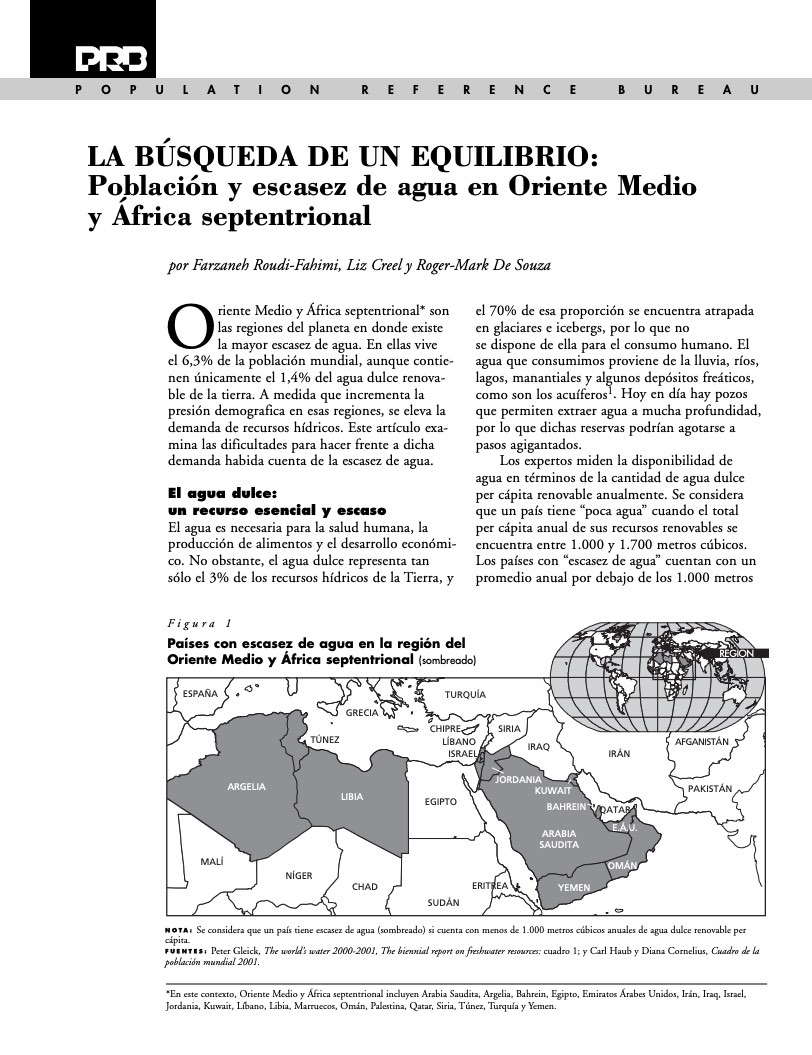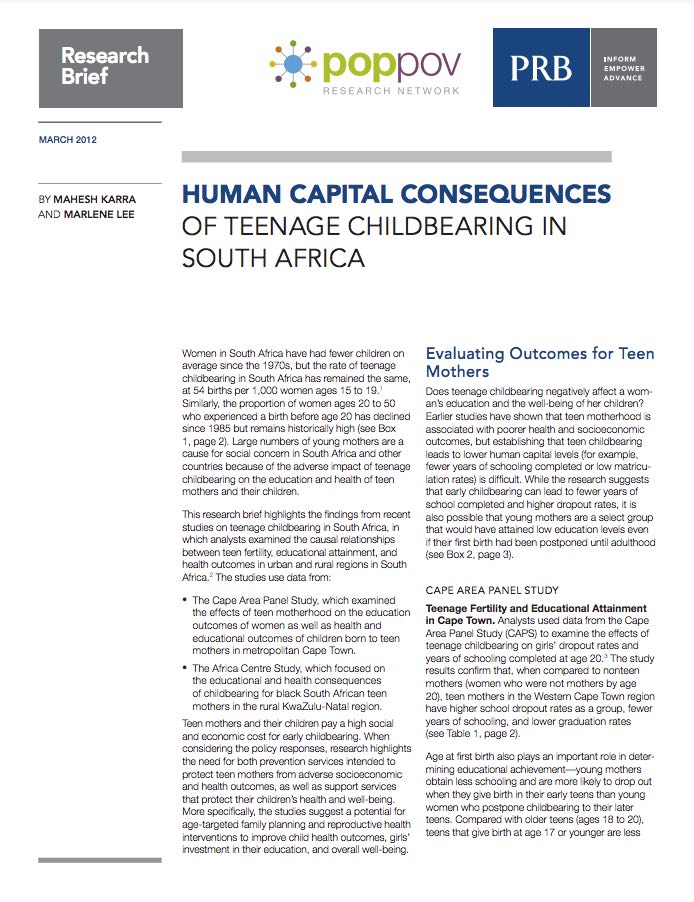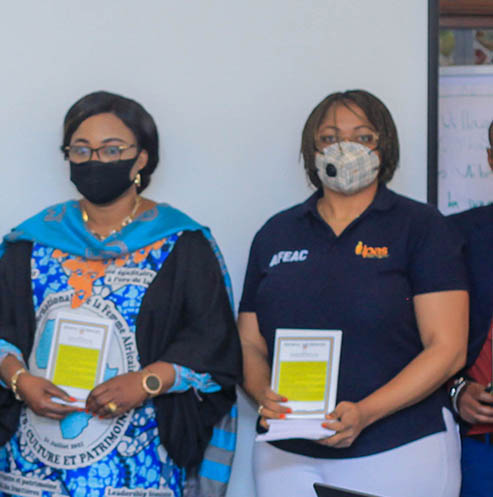Webinar: Institutionalizing the Population-Health-Environment Approach for Sustainable Development in East Africa
(2016) Population, Health, and Environment (PHE) program implementers are increasingly considering how to best scale up their efforts. This webinar featured Pathfinder International staff who work on the Health of People and the Environment in the Lake Victoria Basin (HoPE-LVB) project, who spoke about leveraging advocacy and “beginning with the end in mind” to scale up and institutionalize their PHE project (PHE) in East Africa.





